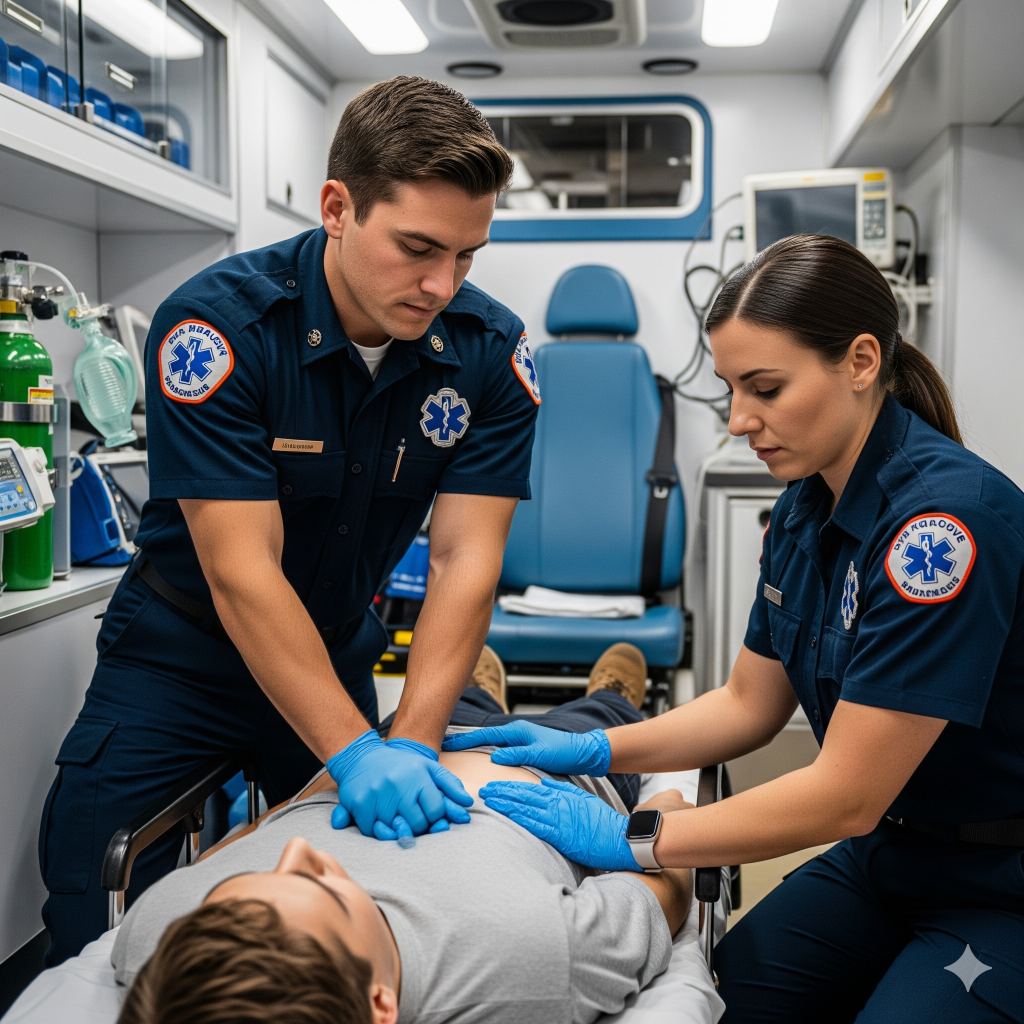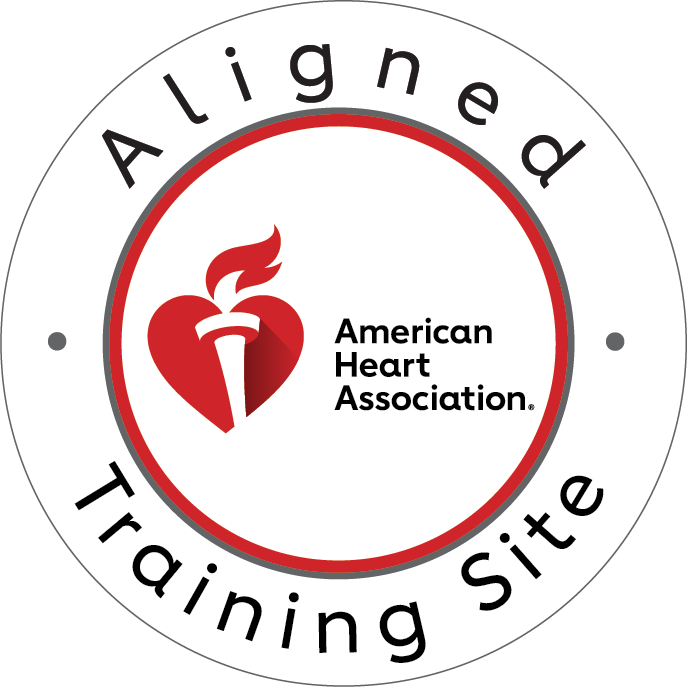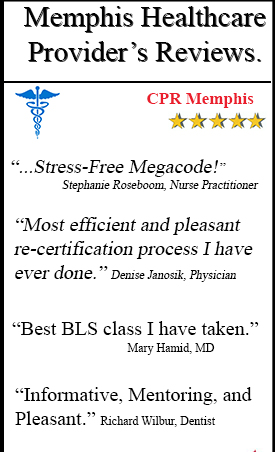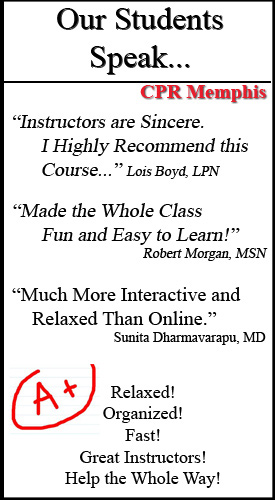The pulsating rhythm of life-saving CPR demands not only immediate action but also sustained excellence. Every chest compression and breath delivered carries immense weight, directly impacting a patient’s chances of survival. However, the physically demanding nature of cardiopulmonary resuscitation can quickly lead to rescuer fatigue, a silent threat that can compromise the very quality of care being provided. Understanding when and how to effectively switch rescuer positions is not merely a procedural guideline; it is a critical strategy for ensuring continuous, high-quality compressions, which are the cornerstone of successful resuscitation.
This comprehensive guide will explore the scientific imperative behind rescuer rotation, delve into standard protocols, highlight key scenarios for switching, detail proper techniques, and underscore the vital role of training in mastering this life-saving skill. For healthcare providers and first responders alike, mastering these techniques is paramount, and organizations like CPR Memphis play a crucial role in equipping individuals with the knowledge and practical skills necessary to perform CPR effectively, including the nuances of rescuer rotation.

The Science Behind Rescuer Fatigue
The demanding physical exertion inherent in performing chest compressions cannot be overstated. From the moment compressions begin, the rescuer’s body expends a significant amount of energy.
Studies have consistently shown that muscle fatigue begins to set in surprisingly quickly, often within two minutes of continuous compressions. This rapid onset of fatigue directly impacts the efficacy of CPR.
As a rescuer tires, their ability to maintain the recommended compression depth and rate diminishes, and the crucial aspect of full chest recoil often suffers. These subtle yet critical deteriorations in compression quality have profound consequences for patient outcomes. Inadequate compressions lead to insufficient blood flow to vital organs, particularly the brain and heart, which can drastically reduce the likelihood of successful resuscitation.
The American Heart Association (AHA) guidelines continually emphasize the importance of high-quality compressions, recognizing that consistency and effectiveness are far more important than mere effort. Therefore, anticipating and mitigating rescuer fatigue through strategic rotation is not just good practice, but a direct pathway to improved patient survival.
Standard Switching Protocols
To combat the inevitable onset of fatigue and maintain optimal compression quality, standard switching protocols have been established.
Two-Minute Rule
Foremost among these is the two-minute rule, a fundamental recommendation from the American Heart Association. This guideline advises rescuers to rotate positions approximately every two minutes, or after five cycles of 30 compressions and two breaths in a conventional CPR sequence. This timing is meticulously coordinated with other critical components of resuscitation, such as pulse and rhythm checks, allowing for a seamless transition that minimizes interruptions to chest compressions. The goal is to complete the switch in less than ten seconds, ensuring that the critical flow of blood to the patient’s organs is disrupted for the shortest possible duration.
Team-Based Approach
In multi-rescuer scenarios, a team-based approach becomes invaluable. Clear role assignments, where one rescuer focuses on compressions, another on ventilations, and a third prepares to take over, streamline the process. Precise communication protocols during switches are essential, with verbal cues ensuring that the transition is smooth and efficient, maintaining continuous care throughout the resuscitation attempt.
When to Switch: Key Scenarios
Knowing when to switch is as important as knowing how.
During Routine CPR
During routine CPR, the primary trigger for rotation is the two-minute mark during ongoing resuscitation efforts. However, opportune moments for switching also arise at natural break points in the resuscitation sequence, such as during a pulse and rhythm check by the lead rescuer or when defibrillation is being performed. Additionally, if the rescue breathing cycles allow for a momentary pause, this can also be an ideal time for a coordinated switch.
Emergency Switching Situations
Beyond these routine intervals, emergency switching situations may arise. Visible signs of rescuer fatigue, even before the two-minute mark, should prompt an immediate change. These signs can include a noticeable decrease in compression depth or rate, or the rescuer visibly struggling. Other unexpected circumstances, such as a rescuer sustaining an injury or experiencing a medical emergency themselves, or even an equipment malfunction requiring a position change, necessitate an immediate switch.
Single vs. Multiple Rescuer Considerations
Furthermore, if environmental hazards affect the current rescuer, such as a changing scene safety situation, a quick rotation ensures the safety of the entire team and the continuity of care. The number of rescuers present also influences the switching strategy. While two rescuers can effectively switch, optimal rotation is achieved with three or more, allowing one rescuer to always be prepared to take over, ensuring continuous high-quality compressions.
Proper Switching Technique
Executing a proper switch technique is vital to minimizing interruptions and maintaining compression quality.
Pre-Switch Preparation
The process begins with pre-switch preparation. The next rescuer should position themselves strategically, ready to take over compressions the moment the current rescuer steps aside. Any necessary equipment handoff, such as a barrier device for ventilation, should be anticipated and prepared. Clear verbal communication protocols are paramount, with the current compressor announcing the upcoming switch and the incoming compressor confirming their readiness.
The Switch Process
During the actual switch process, the outgoing rescuer should smoothly disengage, allowing the incoming rescuer to immediately assume the compression position. The goal is a seamless transition, with the new rescuer quickly establishing proper hand placement and compression technique, ensuring that the time without compressions is kept to an absolute minimum, ideally less than ten seconds. Practicing these precise movements and verbal cues repeatedly in training scenarios is crucial for developing fluid and efficient transitions in real-life emergencies.
Training and Practice Considerations
The ability to perform effective rescuer switches is not innate; it is a skill that must be diligently trained and regularly practiced.
Simulation-Based Training
Simulation-based training offers an invaluable environment for mastering these critical transitions. By replicating real-life emergency scenarios, healthcare providers can practice switching positions under pressure, refining their movements and communication protocols. Team communication drills are especially important, as they allow participants to practice the verbal cues and coordination necessary for seamless transitions.
Quality Improvement
Stress inoculation, a training technique that exposes individuals to controlled stressful environments, can further prepare rescuers for the demands of emergency situations, enabling them to perform effectively even when under duress. Beyond initial training, continuous quality improvement is essential. Monitoring and feedback on switching effectiveness, perhaps through CPR feedback devices that track compression quality, can help identify areas for improvement. Common mistakes, such as excessive interruption time or improper hand placement during the switch, can be addressed through targeted feedback and additional practice. Performance metrics and assessment tools can then be used to track progress and ensure that all rescuers are proficient in this vital skill.
Technology and Equipment Aids
Technology and equipment aids are increasingly playing a significant role in enhancing CPR quality and facilitating effective rescuer rotation.
CPR Feedback Devices
CPR feedback devices, for instance, provide real-time monitoring of compression quality, offering immediate data on depth, rate, and recoil. Some advanced devices can even provide alerts for rescuer fatigue, prompting a timely switch before quality significantly deteriorates. The integration of these devices with established switching protocols can significantly improve overall resuscitation efforts. Furthermore, in certain scenarios, automated devices may be considered.
Automated Devices
Mechanical CPR devices, such as LUCAS or AutoPulse, can provide continuous, consistent compressions, reducing the physical burden on human rescuers. While these devices can be highly effective, human backup and oversight remain crucial. Even with automated systems, understanding when and how to integrate human rescuers for tasks like airway management or when the automated device needs adjustment requires specific switching protocols and training.
Frequently Asked Questions (FAQs)
1. How often should rescuers switch positions during CPR?
Rescuers should switch positions every 2 minutes (or after 5 cycles of compressions and breaths) to prevent fatigue and maintain high-quality chest compressions. This rotation helps ensure compressions remain deep and at the correct rate throughout the resuscitation effort.
2. What’s the proper technique for switching rescuer positions?
The switch should take less than 10 seconds to minimize interruptions. The new compressor should position itself opposite the current rescuer, and the switch should occur immediately after the breath delivery. The outgoing rescuer should briefly guide hand placement before stepping away.
3. Why is switching rescuer positions important during CPR?
Switching positions prevents rescuer fatigue, which can lead to inadequate compression depth and rate. Studies show that compression quality deteriorates significantly after 2 minutes, making regular rotation essential for maintaining effective blood circulation to vital organs.
4. Can one person perform CPR alone, or do you always need to switch?
While one person can perform CPR alone when necessary, having multiple trained rescuers allows for position switching, which significantly improves the quality and effectiveness of CPR. If alone, focus on continuous high-quality compressions until help arrives.
Call to Action
Ready to learn life-saving CPR skills? Join CPR Memphis for stress-free, hands-on American Heart Association certified training. Our expert instructors will teach you proper CPR techniques, including when and how to switch rescuer positions effectively. Enroll in BLS, ACLS, PALS, or CPR and First Aid courses today and become confident in emergency situations. Contact CPR Memphis – the best CPR training in Memphis!





